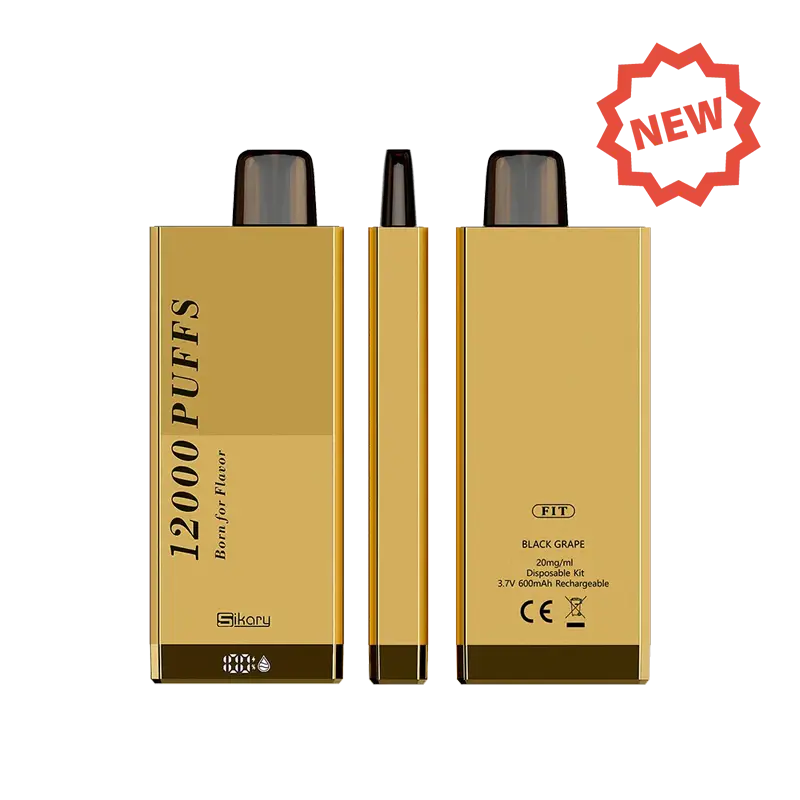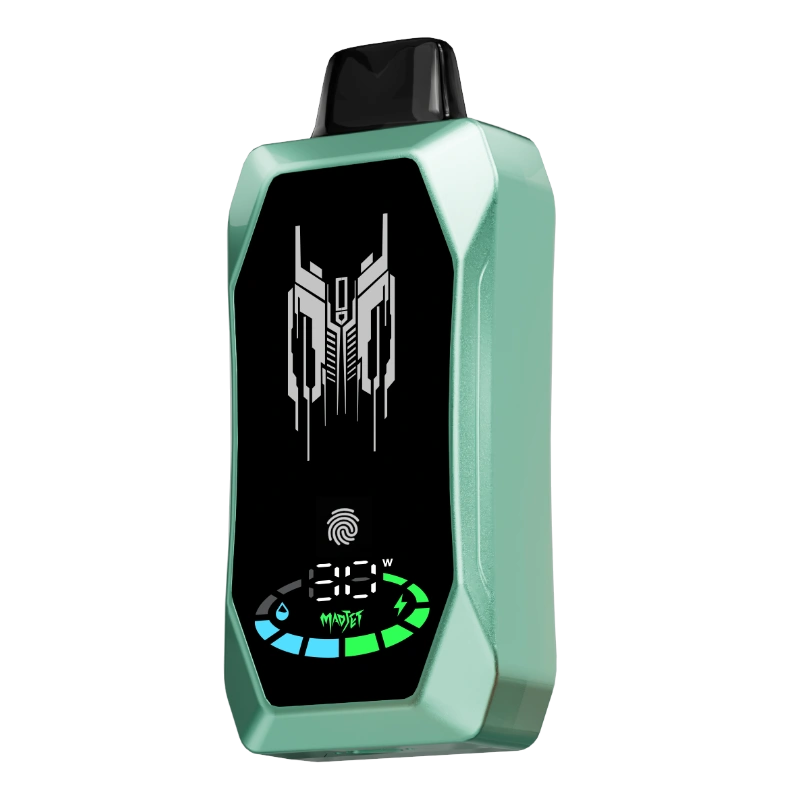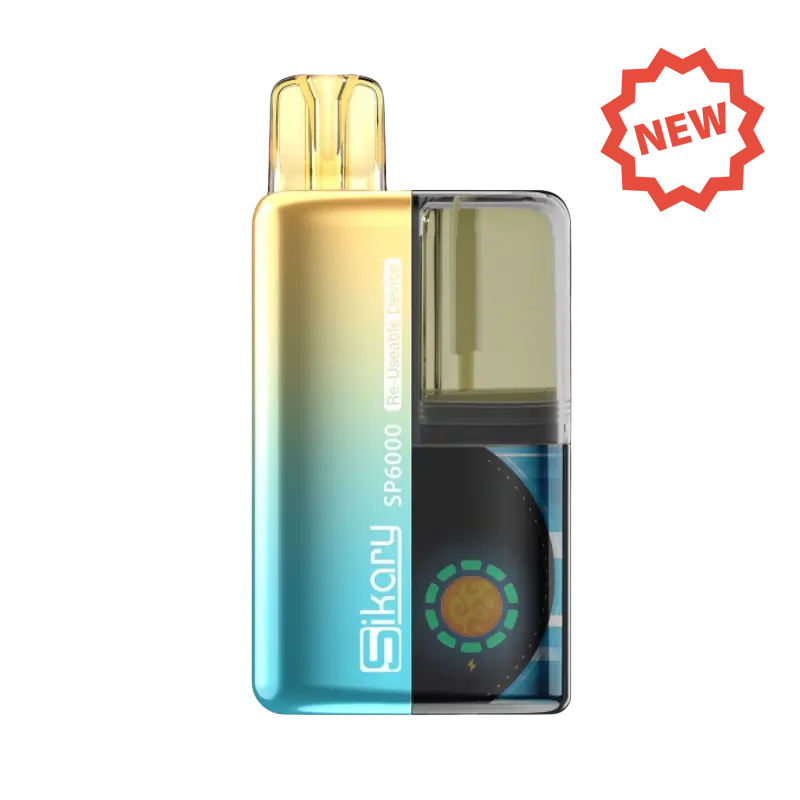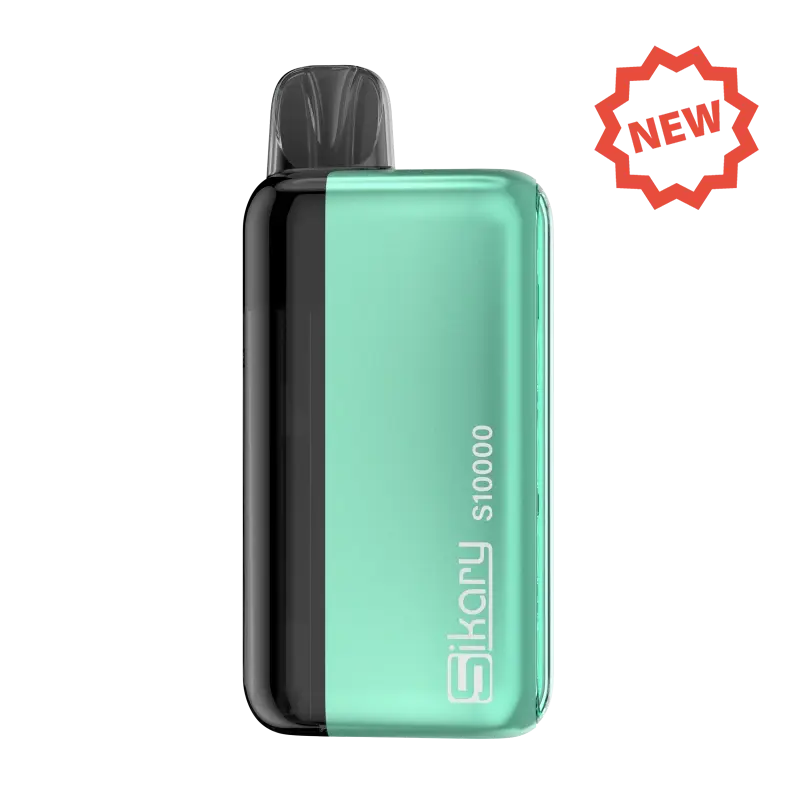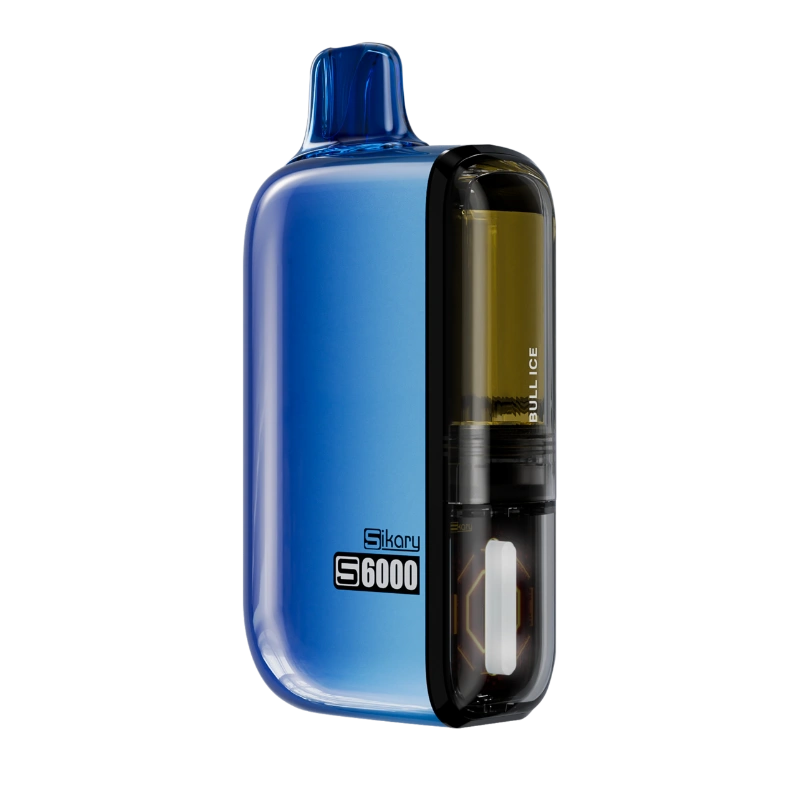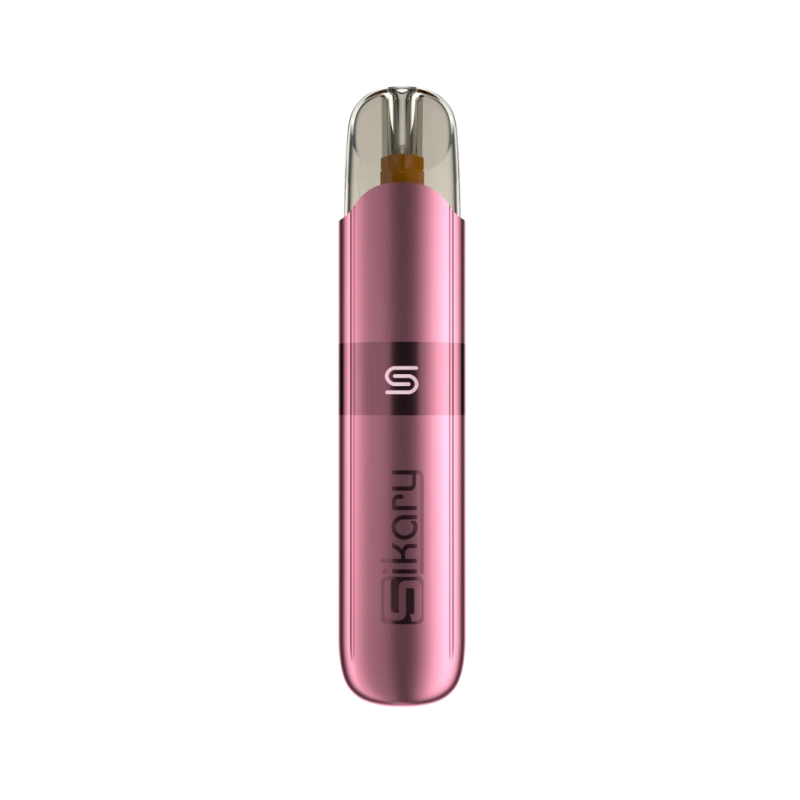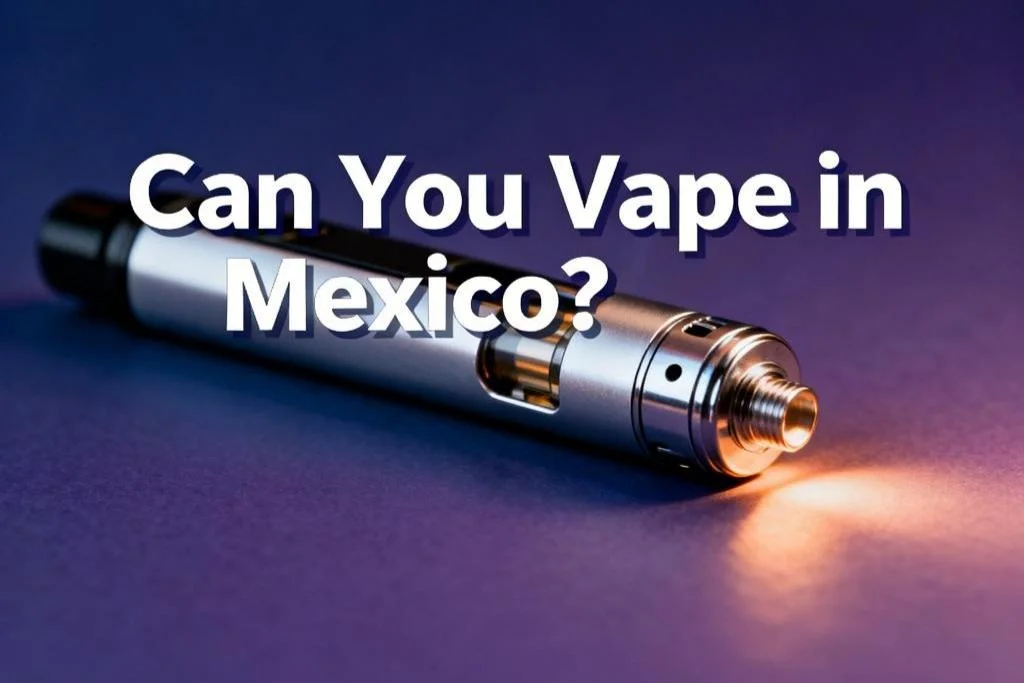With vaping becoming increasingly common, schools, workplaces, and public facilities have started turning to vape detectors to discourage use in restricted areas. If you’ve ever wondered how do vape detectors work and whether they can really identify vapor, this guide breaks down the technology, effectiveness, and limitations.
What Is a Vape Detector?
A vape detector is a monitoring device designed to sense vaporized chemicals in the air, particularly those released by e-cigarettes and vapes. Unlike traditional smoke detectors, which are primarily built to identify combustion smoke, vape detectors are engineered to detect aerosols, particulate matter, and in some cases, specific chemical compounds such as nicotine or THC.
How Do Vape Detectors Work?
Vape detectors use advanced air quality sensors to identify changes in the environment when vapor is present. While designs vary between manufacturers, most detectors rely on one or more of the following technologies:
- Particulate Sensors – Detect fine particles in the air, often smaller than those picked up by regular smoke detectors.
- Chemical Sensors – Identify compounds such as nicotine, THC, or propylene glycol in the aerosol.
- Humidity and Temperature Sensors – Vape clouds increase local humidity and change air density, which detectors can recognize.
- Airflow Monitoring – Some models measure disruptions in airflow patterns caused by vapor.
When the device senses suspicious levels, it sends a real-time alert—often to a central monitoring system or directly to administrators’ phones.
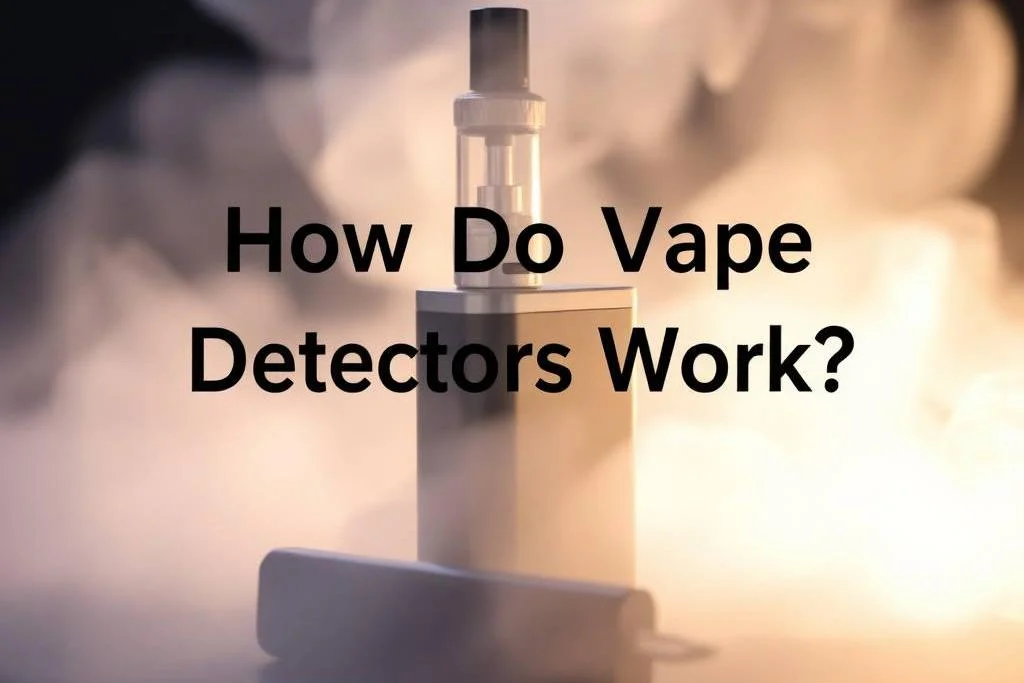
Where Are Vape Detectors Used?
You’ll commonly find vape detectors installed in:
- Schools – To prevent underage vaping in bathrooms, hallways, and locker rooms.
- Workplaces – To enforce smoke-free and vape-free policies.
- Public Buildings – Including airports, shopping centers, and government facilities.
Can Vape Detectors Differentiate Between Smoke and Vapor?
Yes. Unlike traditional smoke alarms, vape detectors are calibrated to detect aerosolized liquid particles rather than just smoke from burning materials. This means they can trigger alerts for vaping without being as easily set off by things like shower steam or deodorant sprays—though false alarms can still occur.

Are Vape Detectors Effective?
Modern vape detectors are effective at identifying vaping indoors, but their performance depends on:
- The sensitivity of the sensors.
- The placement of the detectors (small enclosed spaces like bathrooms yield higher accuracy).
- The substances being vaped (nicotine vs. THC vs. nicotine-free e-liquids).
While not foolproof, vape detectors have become an important tool in reducing unauthorized vaping.
Conclusion
Vape detectors are devices designed to identify vapor in the air, commonly used in schools, workplaces, and public facilities to discourage vaping in restricted areas. Unlike traditional smoke alarms, they use advanced sensors to detect fine particles, chemical compounds like nicotine or THC, and changes in humidity or airflow. When vapor is detected, the system sends alerts in real time to administrators. While highly effective in enclosed spaces, detectors can sometimes trigger false alarms from aerosols like deodorant sprays. Overall, they remain a reliable tool for monitoring and reducing unauthorized vaping indoors.
FAQs
1. Do vape detectors detect nicotine-free vapes?
Yes. Most detectors sense vapor particles, not just nicotine, meaning even nicotine-free e-liquids can trigger them.
2. Can a vape detector detect THC?
Some advanced models are capable of identifying THC aerosols, though detection accuracy varies by manufacturer.
3. Will a vape detector go off if someone sprays deodorant or air freshener?
Possibly. While modern detectors are designed to minimize false alarms, strong aerosols can sometimes trigger alerts.
4. How far can a vape detector sense vapor?
Most detectors are effective within the room or enclosed space they’re installed in, typically covering up to a few meters.
5. Can students or employees tamper with vape detectors?
Tampering is possible, but most devices include anti-tamper features that send alerts when someone attempts to disable or cover them.

